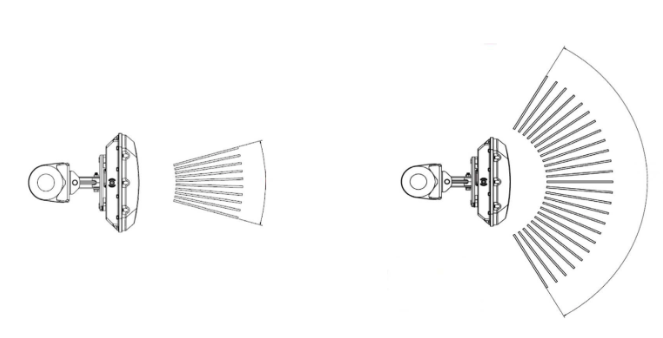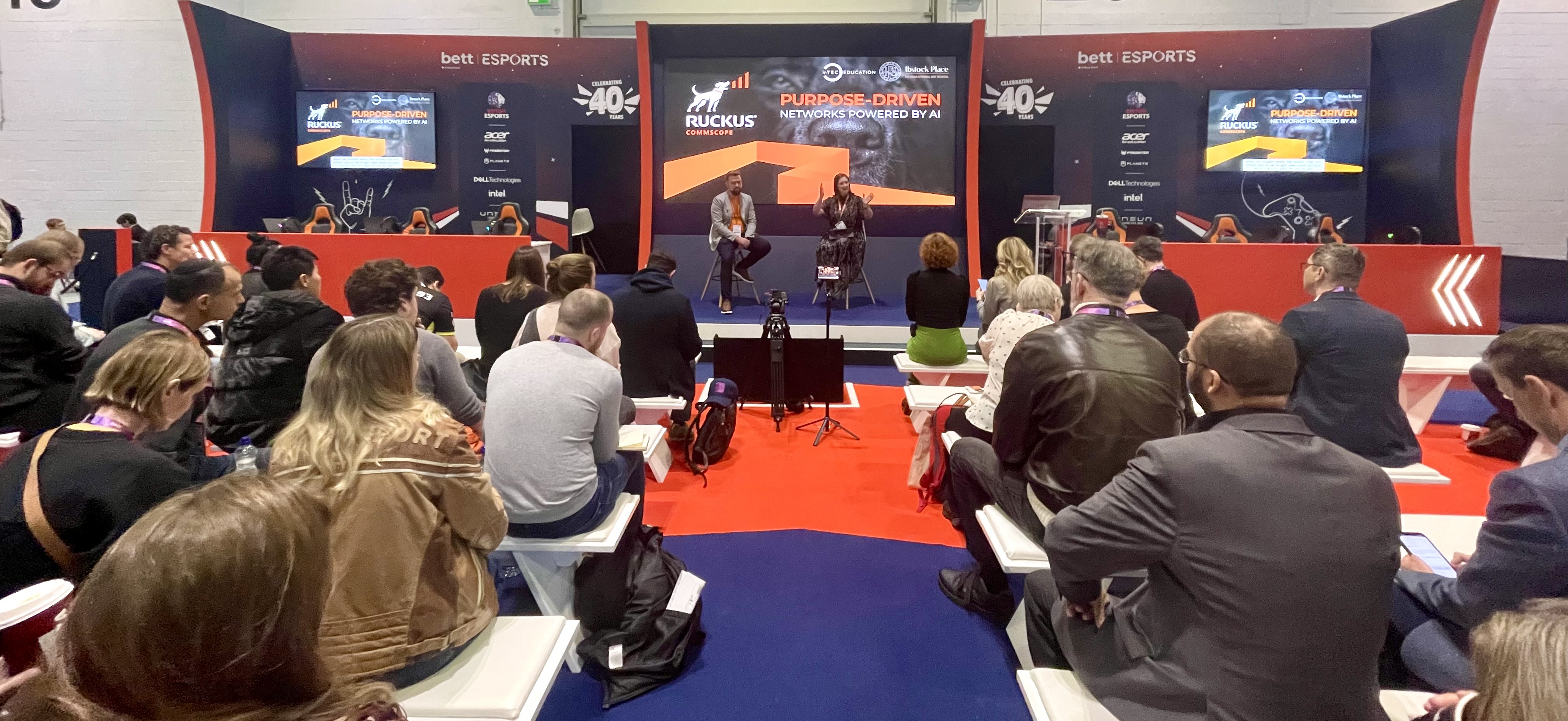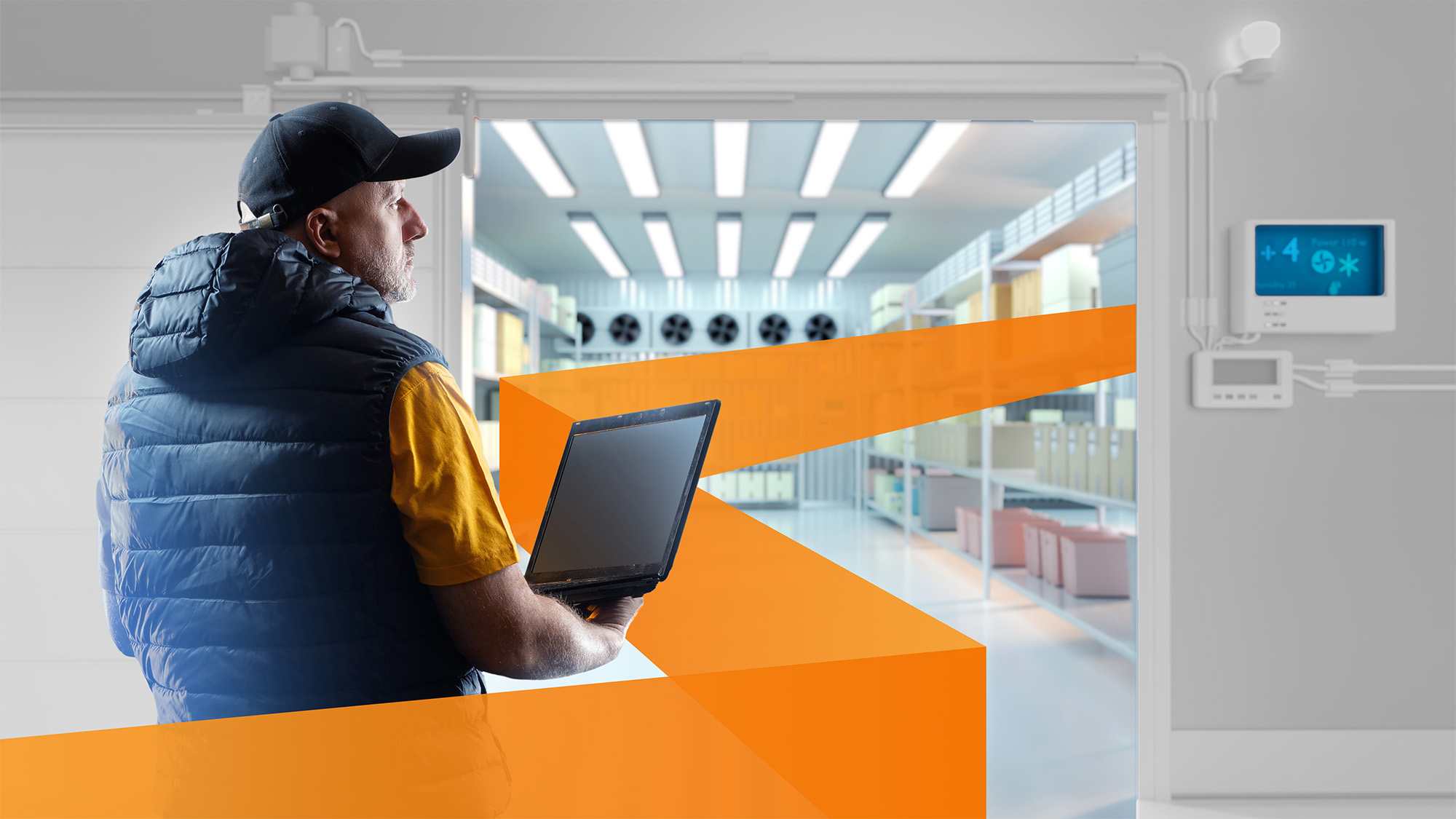Wi-Fi Connectivity Challenges in High-Density Environments
1. High User Density
Stadiums must support tens of thousands of devices connecting simultaneously, requiring robust networks that can handle unpredictable spikes in demand without sacrificing performance.
2. Interference and Congestion
Interference is a major challenge in stadium Wi-Fi due to thousands of devices and competing signals from broadcasting, communication systems, and cellular networks.
3. Physical Constraints
Stadium architecture—large open spaces, thick walls, and dense crowds—creates challenges for Wi-Fi deployment, often causing signal dead zones and uneven coverage. Unlike predictable office layouts, stadiums require customized AP placement to overcome structural and human-related signal interference.
4. Capacity and Bandwidth Management
High-speed internet demand in stadiums is surging due to streaming, media sharing, and interactive experiences. To prevent bottlenecks, networks need intelligent load balancing, QoS policies, and advanced traffic management to prioritize critical services and deliver a seamless fan experience.
Wi-Fi 7: A Game-Changer for Large Venues
Wi-Fi 7 technology marks the beginning of a new era of possibilities. With groundbreaking advancements in speed, capacity, latency, and reliability, it is set to transform the way we connect and engage with the digital world. Many industries can benefit greatly from Wi-Fi 7’s low latency and high reliability, but large public venues and sports arenas, in particular, stand to gain the most from its unprecedented advancements in speed and capacity.
Key benefits of Wi-Fi 7 for large venues include:
- Massive Speed and Bandwidth: Wi-Fi 7 introduces 320 MHz channels, 4K QAM modulation, and Multi-Link Operation (MLO), enabling multi-gigabit speeds and superior performance in ultra-high-density environments.
- Reduced Latency and Faster Response Times: Fans will experience near-instantaneous access to interactive applications, live video streaming, and AR/VR experiences, enhancing their engagement during events.
- Higher Device Density Support: The efficiency of Wi-Fi 7 allows thousands of devices to seamlessly connect, providing stable and fast internet for attendees, venue staff, and media professionals.
- More Reliable and Resilient Connectivity: Advanced interference mitigation and adaptive networking features improve signal reliability, even in the most crowded stadiums.
Solutions: Multi-Faceted Deployment Approaches
To address Wi-Fi connectivity challenges in high-density environments, stadium IT teams implement a mix of access point (AP) placement strategies. Each approach has its own advantages, and in large venues, a combination of these methods is used for optimal coverage and performance.
Overhead APs with Wide-Angle Directional Antennas
Wide-angle directional antennas are used to provide broad coverage across stadium seating areas, concourses, and open spaces. These antennas are ideal for covering large sections of a venue with minimal AP deployments, making them a cost-effective solution for general connectivity. By strategically placing APs with wide-angle antennas overhead, stadiums can ensure a balanced distribution of Wi-Fi coverage while reducing the number of devices competing for the same signal.
Overhead APs with Narrow-Angle Directional Antennas
Narrow-angle directional antennas are used in high-density zones where a more focused signal is needed. These antennas help concentrate Wi-Fi coverage in areas with heavy user traffic, such as premium seating sections, media areas, and fan experience zones. By narrowing the coverage area, interference is minimized, and the network can deliver higher data rates to targeted users. This method enhances network performance and ensures reliable connectivity even in the busiest parts of the stadium.
Under-Seat Access Points
Another effective method for high-density deployments in sport arenas is placing APs under the seats. This approach provides several benefits:
- Shorter Signal Path: Since devices are closer to the APs, there is less interference and better signal quality. Placing APs under the seats ensures that signals do not have to travel through dense crowds, reducing attenuation and improving reliability.
- Directional Control: The seating structure naturally helps confine the Wi-Fi signal, reducing cross-channel interference. This is particularly useful in tiered seating arrangements where overlapping signals from overhead APs could cause interference.
- Scalability: Additional APs can be installed as needed to support growing capacity demands. This modular approach allows for incremental upgrades, allowing networks to adapt to increasing user expectations and technological advancements.
- Minimized Aesthetic Impact: Under-seat APs are hidden from view, maintaining the aesthetic integrity of the venue while delivering high-performance connectivity.
The RUCKUS® AI-Driven Outdoor Wi-Fi 7 Solution: T670 and T670sn APs
RUCKUS is the first and only vendor as of April 2025 to offer a complete Wi-Fi 7 solution for large venues that includes under-seat deployment, overhead narrow-angle APs, and overhead wide-angle APs. This comprehensive approach ensures that stadiums, arenas, and other high-density environments receive the best possible wireless performance, maximizing speed, capacity, and reliability for attendees and venue operations.
RUCKUS T670sn: A Unique Programmable Sector Antenna Enables Software-Defined Coverage
The RUCKUS T670sn is a high-end Wi-Fi 7, tri-band outdoor AP with a unique programmable directional antenna array that is software-configurable for either narrow-angle or wide-angle coverage.
T670sn Programmable Software Defined Coverage
This dynamic control minimizes interference while maximizing signal strength and data rates, leading to better connectivity and performance in targeted areas. Additionally, the ability to modify coverage patterns remotely eliminates the need for physical adjustments, making it ideal for scenarios with changing network demands, such as seasonal events or infrastructure expansions.
Key benefits include:
- Deployment Flexibility: Software-defined sector coverage allows easy adaptation to changing network needs.
- Optimized Performance & Signal Control: Reduces interference and enhances connectivity in high-demand areas.
- Simplified Network Planning: Eliminates the need for multiple AP types, reducing costs.
- Dynamic Adaptation: Antenna patterns can be remotely adjusted to suit different crowd conditions.
- Enhanced Spectral Efficiency: Improves spectrum utilization, reducing co-channel interference.
- Cost-Effective and Scalable: Enables fewer AP deployments with optimal coverage and performance.
RUCKUS T670 Under-Seat Mounting Solution
RUCKUS Stadium Under-seat Mounting solution is purposely designed with stadiums and arenas in mind, enabling the deployment of the RUCKUS Wi-Fi 7 T670 Outdoor Access Point neatly under the stadium seating, on a riser or thread, keeping the access point and cables secure from access and from the elements, without impeding foot space. The mount is comprised of a heavy-duty cast aluminum bottom and durable reinforced polycarbonate top cover with a protective gasket for indoor /outdoor under-seat installation.
The solution is purposely designed to be transparent to RF signals and protects from liquid/water projected from pressure washer jets/hoses. It can be floor or wall-mounted with a 10° tilt, enabling cable pass-through for daisy-chaining access points. A second mounting bracket is available for flat mounting (0°tilt). The enclosure does not impede the thermal performance of the enclosed AP.
Benefits:
- Expands Wi-Fi deployment options for stadiums.
- Enables higher AP density for better fan connectivity.
- Reduces the cost of stadium Wi-Fi coverage.
- Enhances durability with weather-resistant and pressure-wash-proof enclosures.
- Simplifies installation and maintenance.
RUCKUS One® AI-Driven Management and Assurance Platform
While advanced access point (AP) technology and optimal AP placement are essential for providing reliable connectivity in large sports arenas, the management and assurance platform Under-Seat 10-degree Tilt Mounting Bracket Under-Seat 0-degree Flush Mounting Bracket is critical to delivering a complete, high-performing solution. Deploying RUCKUS One and RUCKUS AI solutions offer key benefits, including:
- Efficient Network Management: RUCKUS One platform provides centralized control and real-time monitoring, streamlining network operations.
- AI-Driven Performance Optimization: RUCKUS AI solution uses machine learning to predict network demand and automatically adjust to dynamic conditions, providing consistent high-speed connectivity, even during peak moments.
- Scalability: The solution easily scales to meet growing demands as more devices connect.
- Improved User Experience: AI-driven traffic prioritization provides seamless Wi-Fi for streaming, social media, and mobile services by minimizing congestion.
- Proactive Issue Resolution: AI insights identify potential issues before they affect performance, allowing for dynamic adjustments and reducing downtime.
- Lower Operational Costs: Proactive AI-driven optimization reduces maintenance and manual interventions, saving time and resources.
By leveraging both the T670 under-seat APs and T670sn programmable overhead APs, stadiums can achieve the most flexible, high-performance Wi-Fi network possible. Together with the RUCKUS One platform, these solutions enable stadiums to provide reliable, high-performance connectivity while improving efficiency and reducing costs.
Get ahead with RUCKUS Networks!
Sign up for exclusive insights from RUCKUS Networks.
©2025 CommScope, LLC. All rights reserved. RUCKUS, CommScope and the CommScope logo are registered trademarks of CommScope and/or its affiliates in the U.S. and other countries. For additional trademark information see https://www.commscope.com/trademarks. WPA3 is a trademark of the Wi-Fi Alliance. All product names, trademarks and registered trademarks are property of their respective owners.
















